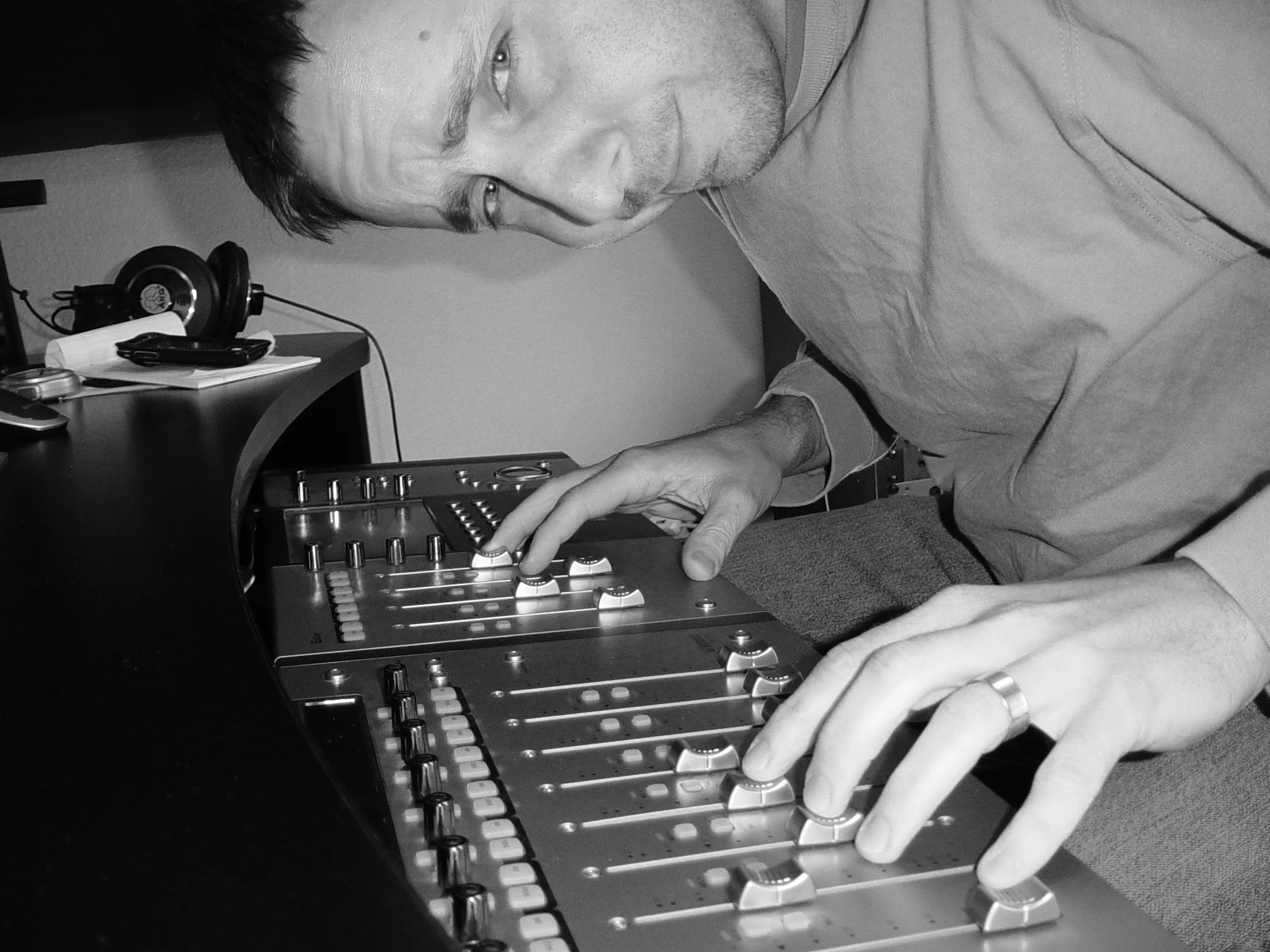Album Review: The Fierce And The Dead - 'The Euphoric’
/Following up on their excellent 2017 live album, Field Recordings, the instrumental post-rock/prog rock quartet The Fierce And The Dead (TFATD) return with a new studio album entitled The Euphoric. The album is available via Bandcamp and all the usual places.
The Euphoric covers a lot of ground musically and is an artful blend of all things rock, but with TFATD’s uniquely exuberant, go-for-broke progressive garage band aesthetic. All the familiar elements of their sound are intact; the shifting guitar textures, ruckus distortion, and left of center harmonic choices of dueling guitarists Matt Stevens and Steve Cleaton; the distinctive fuzzed-out and syncopated bass lines of Kevin Feazey; and the tight, in-the-pocket drumming of Stuart Marshall. This time around, the band introduces a new element — synthesizers.
The album was recorded, mixed and mastered by bassist Feazey. It’s clear he’s a skilled engineer and the album sounds very good. He manages to keep TFATD’s noisy and buzzy tendencies prominent and upfront without the sound becoming harsh or overbearing.
The album opens strong with the ear-grabbing “Truck." The band effortlessly constructs and deconstructs melodic themes, with guitars and bass alternating between evolving unison and counterpoint lines. The middle section, with its punchy guitar accents, loses a bit of impact due to heavy-handed compression but is still dramatic. The song truly blossoms around the three-minute mark as the arrangement becomes sonically dense and the aura triumphant. If ever a song was begging to be licensed for the closing title sequence of a feel-good, action-packed blockbuster movie, this is it — hands down my favorite moment on the album.
On “1991,” Feazey’s syncopated bass and Marshall’s steady drumming carry the song with an up-tempo groove before launching into a frenzied chorus. Throughout, Stevens and Cleaton introduce an array of pitch-shifted and otherwise effected guitar tones which support and color the composition.
The song “The Euphoric” has immediate appeal thanks to a distinctive drum groove and analog styled synthesizers that recall the Stranger Things TV series. Buzzy guitars and bass eventually join the meandering synths, but the overall presentation lacks typical TFATD focus and feels like an odd choice for the title track.
“Dancing Robots” opens with clean interlocking arpeggiated guitars which are quickly overcome by a dense wall of distorted guitars. The onslaught eventually settles into the tasty interplay of effect-laden and staccato guitars that serves as the song's hook. Despite seemingly disparate treatments, the arrangement moves smoothly from sparse, atmospheric verses to full bore, punk-infused choruses with a Thrak-era King Crimson influenced ascending guitar line to punctuate the final ride-out.
Marshall’s drumming on “Dug Town” has a mellow drum machine-like groove and tone, but it is the infectious harmonized guitar lead (à la Weezer) that becomes the signature of the song. The delicate bridge adds contrast with clean picked guitars, akin to the Crafty League of Guitarists or California Guitar Trio, before building to a big ending and subsequent etherial fade out.
“Cadet Opal” is a bit of an oddity, consisting mostly of a drum machine, arpeggiated guitar, and synth, but functions well to close out one thematic half of the album.
“Verbose” opens the second half of The Euphoric and leans prominently towards the heavier side of things. Here, Feazey’s overdriven and chunky bass leads the way while a guitar scampers along playfully. The song eventually morphs into a delightful heavy mosh with a unique, somewhat "out there," sustaining guitar melody.
“48k” is deceptively simple with only two thematic elements - a heavy riff reminiscent of Black Sabbath and a simple effect-drenched guitar melody. However, as the song develops, the band cleverly combines both themes into one monster riff for a dramatic ending.
The arrangement of “Parts 7 & 8” features multiple movements alternating between pounding progressive metal, bouncy bass-lines, and gentle guitar landscapes which are developed and refined over time. There are plenty of subtle moments worth listening for, such as the funky bass and kick drum interplay, the quiet piano tinkering, and the creative use of self-oscillating delays. Far from sounding disjointed, the song functions as a cohesive whole and builds to a big Porcupine Tree-like finale.
At nearly 38 minutes in length, The Euphoric is an enjoyable listen and another solid effort by TFATD. Well done, gentlemen!


